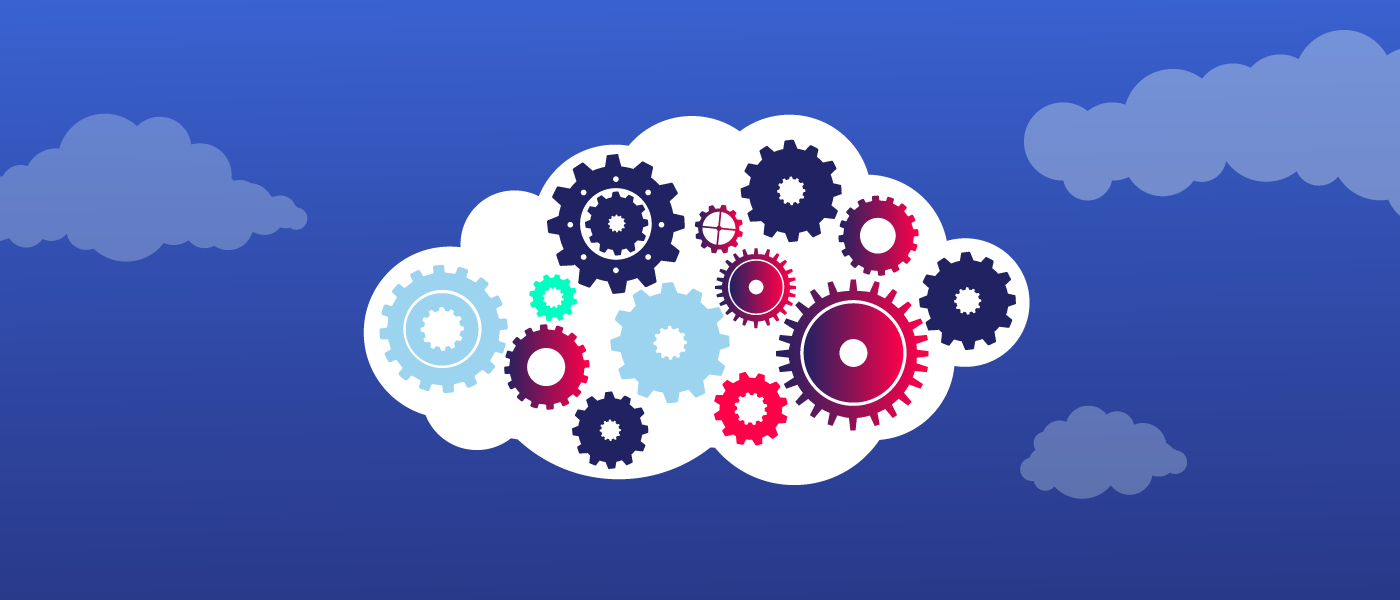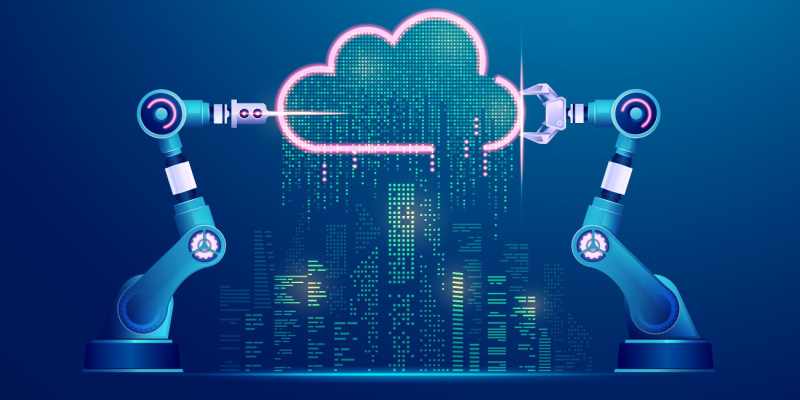Cloud Automation: What you need to know
Every new technology is evolving with time, and so is cloud computing. Since its inception, the cloud has made considerable progress, with public, private, and hybrid services. Then, at that point, the multi-cloud approach came, and presently, we’re moving towards automation in cloud computing where organizations can increase their operational proficiency altogether. In this blog, let’s find out how cloud automation has revolutionized the IT industry.
What is Cloud Automation?
Cloud automation is the ability to provision cloud resources, including servers and storage connected through networks, without manual intervention. True automation also occurs without technical or process hurdles, such as seeking approval for cloud resources within an organization. At its highest level, cloud automation allows users to access and deploy cloud resources on demand, with just a few pushes of the proverbial button.
It consists mostly of software tools that interact with hardware resources. The software layer fulfills the function of implementing policies to allocate and balance workloads, sustain activities, and determine which compute nodes to use based on what hardware is available. System administrators can rely on cloud automation software to receive alerts about any errors that might be occurring and for telemetry and system-level information to help inform decisions about workload placement and performance optimization.

Why Cloud Automation?
The cost of moving to a cloud platform has been steadily decreasing, making it an attractive option for enterprises of all sizes. Incorporating cloud automation as a part of cloud migration can contribute to additional cost savings due to the increase in productivity and the reduction of errors.
As virtualization and cloud computing continue to rise in popularity, the tasks associated with managing these environments multiply, as does the associated workload. Manually deploying and operating functions such as scaling, provisioning, configuring resources, setting up virtual machines, and monitoring performance are repetitive, inefficient, and often prone to errors that can affect availability.
Modern technology stacks are vast, dynamic, and ever-evolving, comprised of many different moving parts. Datacenter administrators are unable to shoulder the burden of configuring and deploying every component in real-time, while also identifying and implementing potential improvements.
Cloud automation is essential to a successful transition to leveraging cloud infrastructure and can include tasks such as automated storage and backups, managing security and compliance, changing configurations and settings, and deploying code.
Automation tools help ensure optimal performance from the system and its resources by streamlining activities that relate to cloud computing, and can further improve efficiency by reducing the need for IT teams to manage repetitive tasks or make decisions about capacity or performance in real-time. Utilizing automation to run workloads in a cloud environment rather than on-premises can maximize your budget and your resources.
What are the types?
Automating the tasks in the cloud cut down the redundancy, failure, and blunders inherent in manual processes. Common models include the following:
- Resource allocation – Autoscaling (the capacity to increase and decrease the utilization of resources) is the core tenet of cloud computing. It gives versatility in asset utilization and empowers the pay-as-you-go cloud cost model
- Configuration – Framework setups can be defined through layouts and code and implemented automatically. In the cloud, opportunities for integration increase with associated cloud services.
- Development and deployment – Continuous development depends upon automation for different steps, from code outputs and version control to testing and deployment.
- Tagging – Resources can be labeled automatically depending on explicit models and conditions of operation.
- Security – Cloud environments can be set up with automated security controls that empower or confine admittance to applications or information, and scan for vulnerabilities and unexpected execution levels.
- Logging and monitoring – Cloud automation tools and functions can be set up to log the activity of all kinds including services and workloads in an environment. There are monitoring filters that are set up to search for oddities or unusual events.

Advantages
- Reduction of error-prone processes: Cloud automation helps reduce error-prone manual processes and deliver infrastructure resources faster. Cloud automation must support multiple hypervisors and virtualization standards across hardware resources such as KVM, XenServer, Hyper-V, Docker, and Kubernetes, as well as the software development lifecycle for programming teams.
- Cost savings: Cloud automation saves businesses money by dynamically reducing the time it takes to provision infrastructure resources, eliminating errors, and removing bottlenecks. It also saves money by optimizing workload placement, so that you use the least expensive hardware, and prioritize hardware for important projects. It also increases control through policies. The use of public cloud billing structures is designed to reflect approximately 40% savings over in-house data centers or private cloud installations.
Cloud automation is used in DevOps teams for software testing in CI/CD requirements, allowing them to roll out new features and security patches to production more quickly in Agile project management.
Disadvantages
- Configuration: While cloud providers now offer some automation processes by default, others need to be manually set up by customers.
- Errors: Cloud automation can increase the number of errors if a process is set up incorrectly and lacks oversight.
- Limits: Although it might be tempting, you can’t automate everything. Some tasks are either too custom or complex to be turned into an automated process.
- Cost: Some frequent tasks help decrease server management costs by being automated. But trying to automate every task, including infrequent ones, could lower the overall ROI.
Cloud Automation vs Cloud Orchestration
Cloud automation and cloud orchestration are both important aspects of developing an effective cloud system strategy, and understanding the difference between these terms and the intent of each is crucial to implementing a system that will improve efficiency.
Cloud automation involves using cloud management tools to achieve tasks without manual interference. Auto-provisioning servers, backing up data, or discovering and eliminating unused processes are some of the tasks that cloud automation could accomplish without real-time human interaction. Cloud automation streamlines tasks or processes to improve efficiency and reduce manual workload.
Cloud orchestration is about achieving objectives via cloud infrastructure by strategically organizing automated tasks. Cloud orchestration combines low-level tasks into processes and coordinates them throughout the entire infrastructure, often consisting of multiple locations or systems
Cloud automation defines the deployment and management of tasks to be automated, and cloud orchestration arranges and coordinates those defined tasks into a unified approach to accomplish intended goals. In a metaphorical sense, if cloud automation is a puzzle piece, then cloud orchestration is the arrangement of those pieces to form a completed puzzle. Although cloud automation can occur without cloud orchestration, a well-defined and thoughtful cloud deployment incorporates both techniques.

Conclusion
Cloud is the playground to drive business growth with scalability and flexibility. But this can only be achieved when organizations tend to move towards a higher goal to achieve IT efficiency with the cloud and automation perfectly aligns with this goal. Many organizations lack the expertise and knowledge to automate their cloud. So, it’s recommended to have a cloud management platform in place to help you with automation.
Cloud Automation is the only way to keep driving the innovation engine of your organization by freeing up resources that need to spend time on strategic decisions. It’s up to you how strategically step up to automating your cloud.